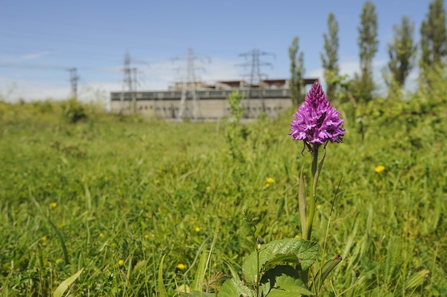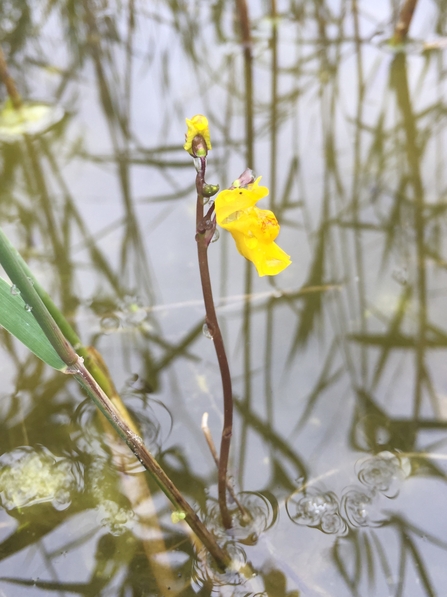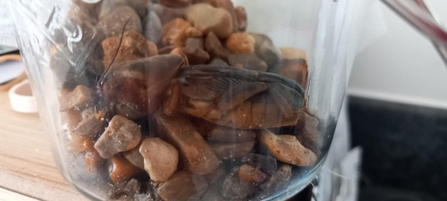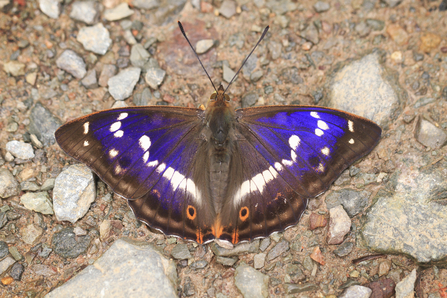At the time of writing July has been more miss than hit, with the cool, wet and overcast weather of May and June continuing into what should be the height of summer. The fields of barley and wheat are still green and holding up harvest and the leaves of our hedgerow oaks, normally leathery and thick with honey dew by now, look fecund and fresh still.
Understandably, butterfly numbers have been woeful, although reserve staff at NWT Foxley Wood have again recorded purple emperor butterflies. After falling extinct at Foxley in the 70's, this spectacular creature returned in 2019, to much cheer. The cool, wet weather though, means insects in general have been in short supply. Although my lawn, and every other plant it seems, grows another inch every time my back is turned. Of course, with wildlife there are always winners and losers, their fate borne by the fickle nature of our weather.
I’m always surprised by wildlife’s ability to survive, and on occasions when one sees something unexpected in a seemingly hostile place, it is always heartening. I was struck by this recently when driving home from a ‘team day’, hosted by colleagues from the Suffolk Wildlife Trust at Carlton Marshes. (We had a delightful guided trailer ride around the out-of-bounds areas of the reserve, and we saw a red-footed falcon at close quarters!) Anyway, I digress, on my way home I stopped at the junction of the A47 and A148 just outside Norwich, one of the county’s busiest junctions.





